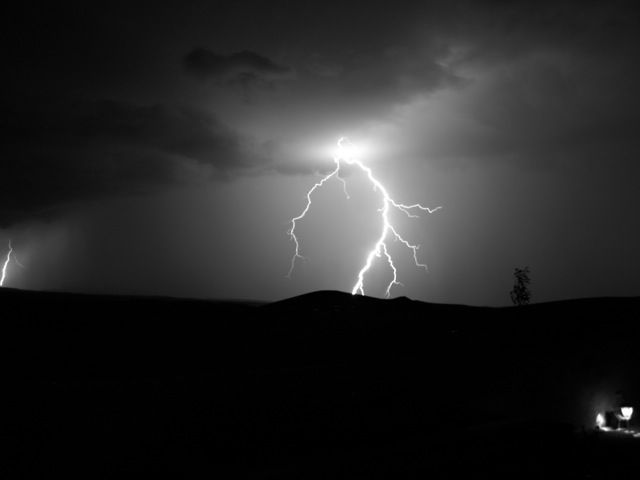jrcampbell
New member
During three different storms in the last year either my phone line or house got struck by lightning. First time got everything connected to the line. next was the dish receiver and power unit for computer. this last time was my phones, again.
The lightning rod cable runs down the corner of my house about a foot from the telephone line and I'm wondering if maybe lightning is jumping from cable to phone line? Is this possible? Seems to me the coating on the wires would protect it. was debating moving where the cable grounds at just to check if that's the problem.
Are lightning rods even useful anymore? rarely see them on new houses.
The phone company is basically useless in dealing with the problem, if it can even be dealt with. And I'm getting tired of replacing my stuff every time a bad storm rolls through. trying to decide if I should move the cable or take it down completely. Opinions please
The lightning rod cable runs down the corner of my house about a foot from the telephone line and I'm wondering if maybe lightning is jumping from cable to phone line? Is this possible? Seems to me the coating on the wires would protect it. was debating moving where the cable grounds at just to check if that's the problem.
Are lightning rods even useful anymore? rarely see them on new houses.
The phone company is basically useless in dealing with the problem, if it can even be dealt with. And I'm getting tired of replacing my stuff every time a bad storm rolls through. trying to decide if I should move the cable or take it down completely. Opinions please




